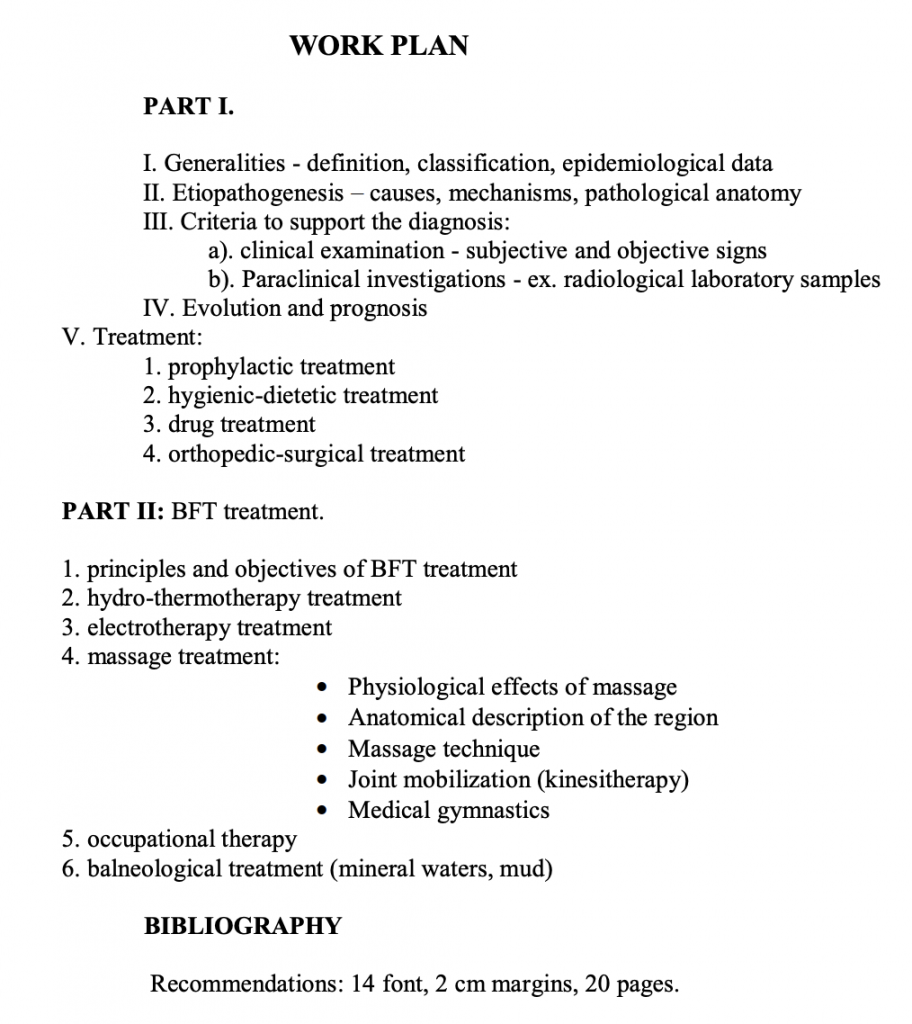BFT Methods for Peripheral Nerve Paralysis
Summary:
The PDF titled “BFT Methods for Peripheral Nerve Paralysis” is a comprehensive guide that delves into the diagnosis, treatment, and prognosis of peripheral nerve paralysis, particularly in the lower limbs. The document is divided into two main parts. The first part covers generalities, including definitions, classifications, and epidemiological data. It also discusses etiopathogenesis, ranging from direct trauma to general causes like diabetes and infections. The paper emphasizes the importance of clinical and paraclinical investigations for diagnosis.
The second part focuses on Balneophysiotherapeutic (BFT) treatment methods. These include hydro-thermotherapy, electrotherapy, and massage treatment, among others. BFT treatment aims to combat pain, restore muscle balance, and improve joint mobility. Various techniques like paraffin applications, passive exercises, and ultrasound are recommended to avoid deformations and paralysed muscles’ arthropathy. The document also discusses the importance of occupational therapy for regaining movement coordination and treating the sensitive syndrome.
The paper concludes by discussing the prognosis, which depends on various factors like the cause of the injury and the type of lesion. It also emphasizes the importance of prophylactic treatment, which includes preventive measures against local and general causes that can induce nerve trunk suffering. The document serves as a detailed guide for medical professionals dealing with peripheral nerve paralysis, offering a multi-faceted approach to diagnosis and treatment.
Excerpt:
BFT Methods for Peripheral Nerve Paralysis
WORK PLAN – PART I.
I. Generalities – definition, classification, epidemiological data
II. Etiopathogenesis – causes, mechanisms, pathological anatomy
III. Criteria to support the diagnosis:
a). Clinical examination – subjective and objective signs
b). Paraclinical investigations – ex. radiological laboratory samples
IV. Evolution and prognosis
V. Treatment:
1. prophylactic treatment
2. hygienic-dietetic treatment
3. Drug treatment
4. orthopedic-surgical treatment
PART II: BFT treatment.
1. Principles and objectives of BFT treatment
2. hydro-thermotherapy treatment
3. electrotherapy treatment
4. massage treatment:
Physiological effects of massage
Anatomical description of the region
Massage technique
Joint mobilization (kinesitherapy)
Medical gymnastics
5. occupational therapy
6. balneological treatment (mineral waters, mud)


Reviews